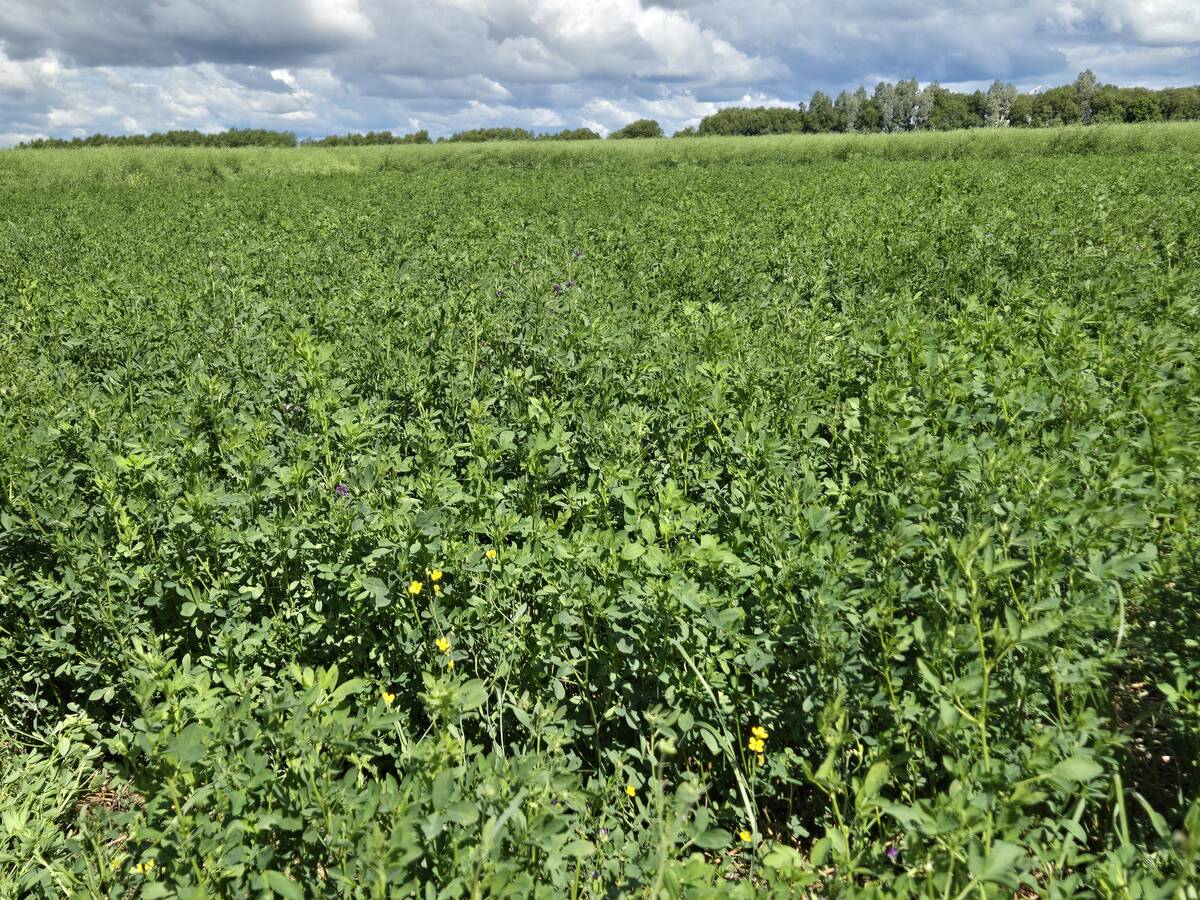RED DEER — A bunch of different weed species are being found more often than normal in Alberta, so much so that a provincial specialist is requesting producers keep an eye out for them this year.
Nicole Kimmel, a weed specialist with Alberta Agriculture, pointed to seven species that she’s seeing more frequently.
They include:
- Marsh Willow Herb, a species usually found in low-lying areas. It can grow quickly, has a purple tinge and contains a bunch of seeds in its pods.
- Field Violet, a small weed that requires careful scouting. Few herbicides offer effective control.
- Marsh Cudweed, which appears web-like.
- Yellow Cress, a species with small flowers and pods. Kimmel said most farmers don’t notice it until it’s a major problem, so they should become familiar with it early on.
- Tumble Mustard, which is having somewhat of a resurgence in Alberta. It has lobed leaves that are unlike typical mustard weeds.
- Nodding Thistle, a huge species with bulbous flowers that can grow two inches wide. The stem is spiky.
- Garden Orach, a species with larger leaves that can be yellow, dark green and purplish.
Read Also

Manitoba Parkland research station grapples with dry year
Drought conditions in northwestern Manitoba have forced researchers at the Parkland Crop Diversification Foundation to terminate some projects and reseed others.
“Weeds are top dog,” Kimmel told the Agronomy Update conference in Red Deer Jan. 10. “We have to take them seriously. They all have weaknesses. You just need to know what you’re up against.”
In an interview following her presentation, Kimmel said there are lots of factors at play that are causing more of these species to sprout.
“There are so many factors. It’s hard to determine exactly why these are the ones that seem to be increasing.”
As well, these weeds are generally less common, Kimmel added, so they don’t have specific herbicides registered for them.
“It’s best to just pull them,” she said. “Getting out there, scouting them, catching them when they are small.”

















